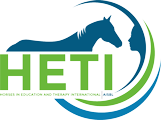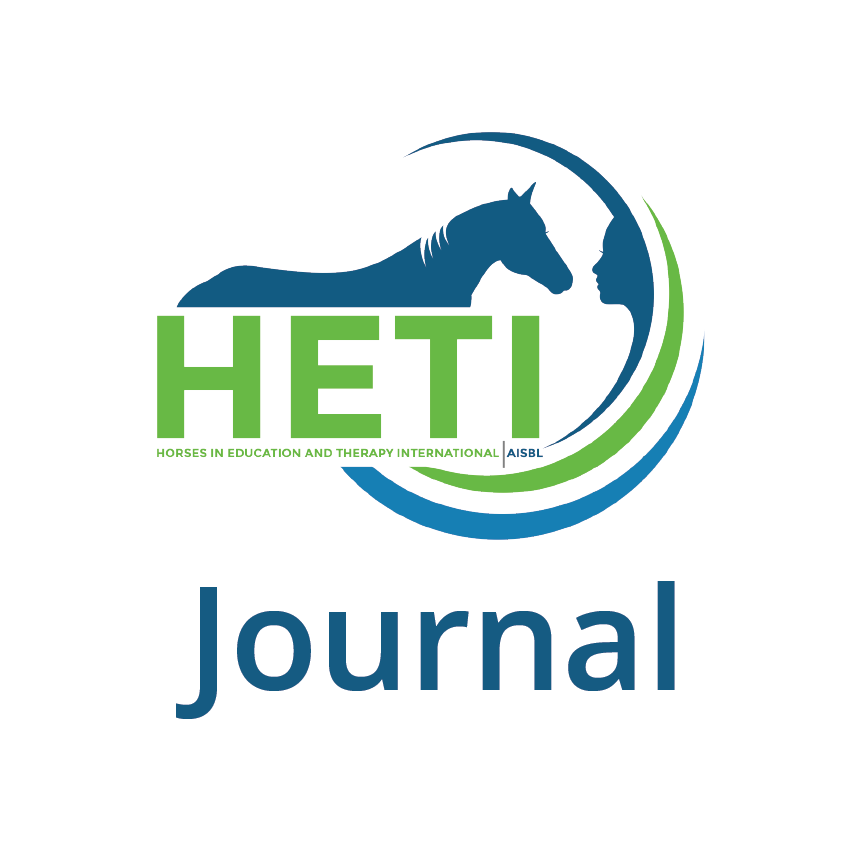Riding Therapy in the Disturbance of Balance and First Degree Idiopathic Scoliosis
€5.00
| Author | Irma Merabishvili |
|---|---|
| Year | 2009 |
The goal of this work was to determine the disturbance of bearing and first degree idiopathic scoliosis in relation to age.
The children were divided into two age groups (three groups of children aged 8 to 11 years and three groups of children aged 11 to 15 years). There were 8‐10 children in each group. Riding Therapy was performed as monotherapy until the completion of puberty. The whole period of the treatment was divided into 4 stages.
The goal of the first stage was the psychological and physical preparation of the children for riding. The goal of the second stage was the reconstruction of an antigravitational system from standing to the state of horse‐riding.
The goal of the third stage was the stabilisation of the nucleus pulposus of intervertebral disc and its correction in the case of deviation from the centre. Against a background of self‐stretching through riding to achieve the strengthening of plastic tonus of muscles maintaining the spine, exercises were performed in an isometric regimen, creating a stronger muscular corset around the spine.
Investigations carried out at this stage established that treatment starting for children at the age of 8‐9 years was more effective than the treatment started in the second (older) age group. Thus, the Riding Therapy should begin ahead of the pubertal period.
The goal of the fourth stage was to retain a medical effect, to improve general physical development, to increase a psycho‐neurological tonus, to prevent the state of attention deficit/hyperactivity in children and to consolidate a sound mode of life.

